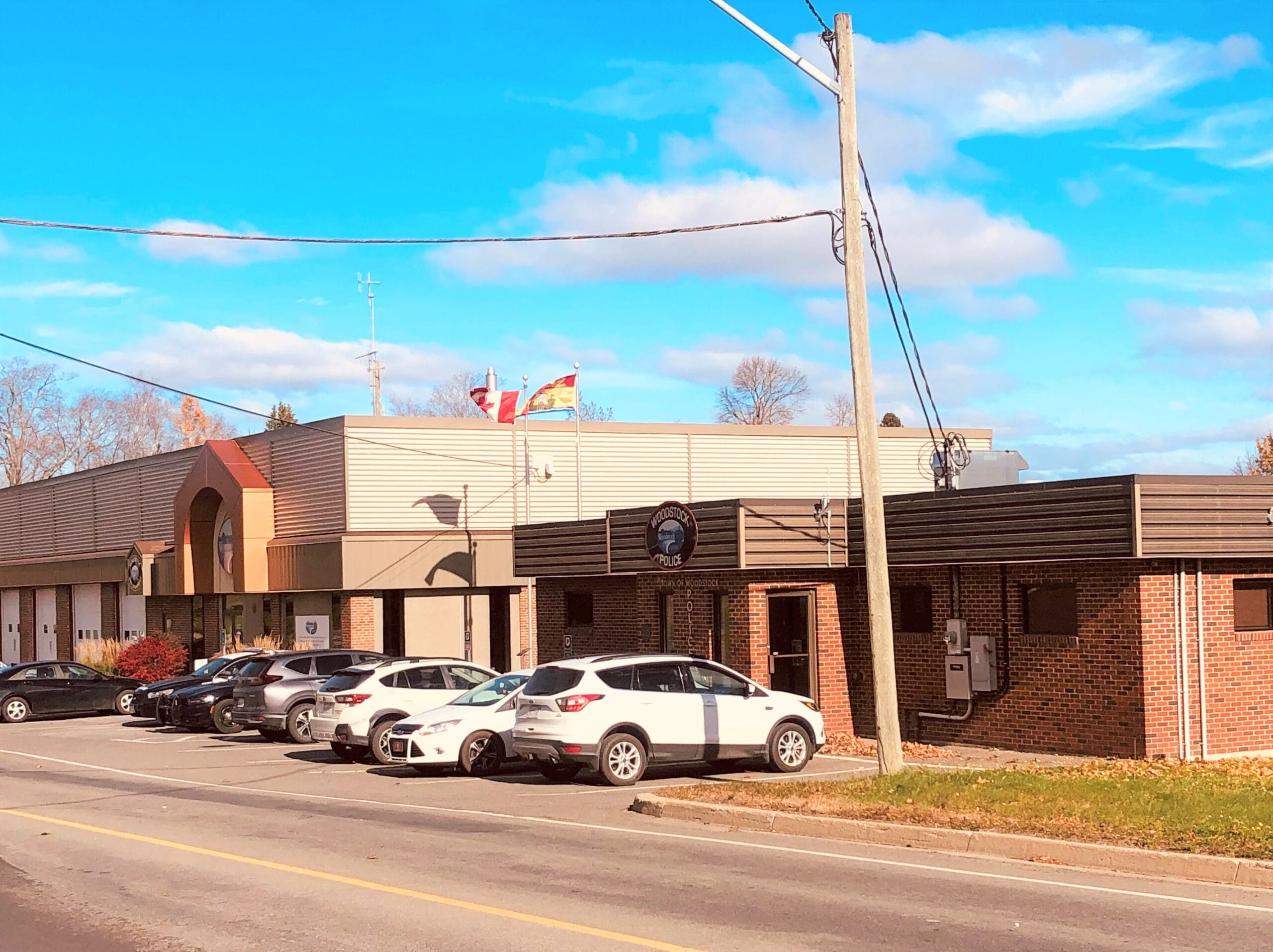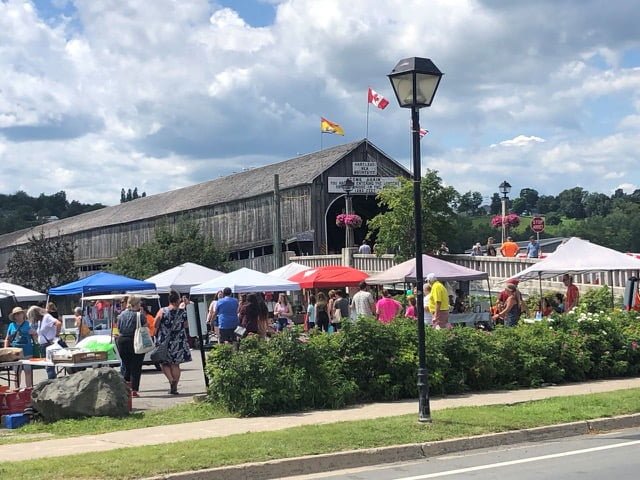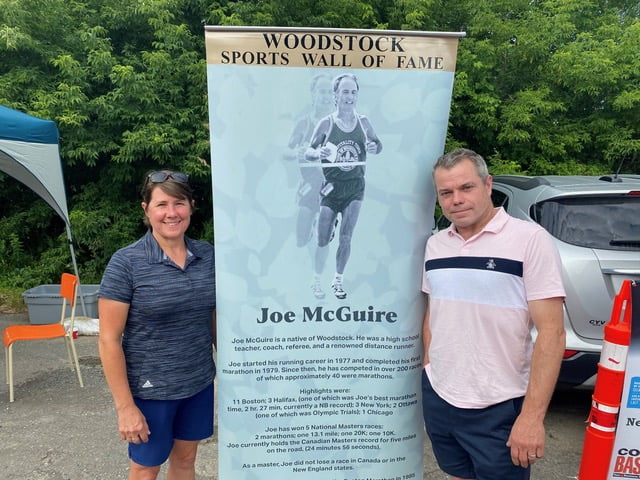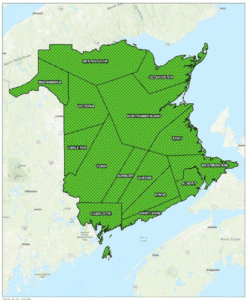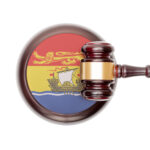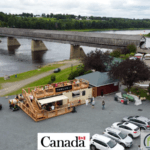Growth in tax base helps the town meet growing infrastructure and service demands like expanding the police force, new fire hall, and town hall
An additional $1.2 million in Woodstock’s tax warrant will help it meet the growing operational and capital demands while keeping tax-rate increases to a minimum.
Council approved the $17.96 million general operating budget and $2.17 million utility budget at its regular council meeting on Dec. 17.
The budget holds the tax rate for Ward 4, the former town limits, at $1.50 per $100 of assessment. Wards 1, 2, 3 and 5 property owners will see their municipal tax rate increase from 70 to 72 cents per $100 of assessment, less than the five-cent jump anticipated to cover the cost of Woodstock Police Force’s pending expansion to cover all wards.
The town’s utility budget grew by one per cent, but ratepayers will not know the impact on the water and sewer bills until January. The new rates will take effect in the June billing period.
Woodstock Director of Finance Jennifer Crabbe and Mayor Trina Jones offered an expansive description and explanation of the budget decisions.
Crabbe addressed the council, explaining that the general operating budget would increase by 7.9 per cent.
She said Woodstock’s tax assessment base grew by 8.6 per cent for 2025 to $1.25 billion, noting that 1.76 per cent resulted from new construction and 6.82 per cent due to reassessment.
Crabbe outlined the impact on homeowners, noting the average assessment increases would see a home valued at $300,000 in 2024 increase to $329,000 in 2025. For homeowners in Ward 4, even with the tax rate unchanged, the tax bill would grow by $455 total tax of $4,945.
Property owners in the outlying wards will see rising assessments on a $300,000 home add $207.90 to their tax bill, while the two-cent increase in the tax rate would add another $65.94 for a total of $2,373.84 to the 2025 tax bill.
Crabbe noted that represents only the Woodstock share of property tax, explaining the outlying wards also face a provincial tax of .4115 cents per $100 assessment, adding another $1,356.72 for a total tax bill of $3,730.56.
While budget discussions clarified the tax rates and potential tax bill increases for the general operating budget, property owners must wait to see how much they will pay for water and sewer.
Mayor Jones explained utility rates must fund all water and sewer needs. While the council approved the one per cent increase in the utility budget, it won’t determine its impact on rates until January.
“We’ll have no choice but to increase the rates,” said Jones.
She explained that the council plans to dedicate its second regular meeting in January to discuss water.
“So, that will be a hardy meeting, and that will give staff time to determine what their recommendations are going to be for how the rate increase will impact the different tiers we have today,” Jones said. “That is going to be a really long, good, healthy discussion on everything water.”
She noted rate changes would not take effect until the June billing period.
The first signs of the town’s plans to expand the Woodstock Police Force coverage beyond Ward 4 over the next few years showed up in the 2025 budget.
The mayor explained the two-cent increase in the tax rate for outlying wards reflects the beginning of rate increases, which could reach as high as 15 cents over three years. She indicated the town managed to reduce this year’s hike to two cents from the previously indicated five cents.
Jones said the town hopes to share a more detailed plan in 2025, solidifying the timing and tax impact of the police expansion.
“The expansion of policing will be a lot of work,” she said.
Jones noted that the town received $4.3 million in transitional funds from the province to support the policing changes in 2025, and the province committed another $1.5 million in 2025. She hopes the new government honours that commitment.
She noted those funds are directed solely for use on police expansion.
Jones said the town is fully committed to moving forward with the expansion, adding town officials, Woodstock Police Force leadership, the RCMP, and provincial officials will meet soon to determine the procedure and timing of the changes.
Jones said the town’s focus on major capital expenditures over the next few years will include the police force.
She noted that the town faces spacing issues on several fronts, including the fire hall, town hall, and police station.
“The good news is we’re looking at a new fire hall home,” Jones said.
She hopes the town can lock down the details surrounding what a new fire hall would house, citing the possibilities of a fire hall plus a police station or a fire hall plus a town hall.
Jones added that the town owns the building currently housing the police, fire, and town hall.
“Looking to see if we can use that building for a purpose,” she said.
Jones outlined several highlights of the $1.77 million in community improvements and capital projects in the 2025 budget.
In addition to new vehicles and equipment for public works, including an asphalt hot box to recycle milled pavement, the mayor cited upgrades to the wastewater system.
Jones noted the town’s commitment of $200,000, with matching funds from other sources, to complete a sidewalk of some style along Deakin Drive from Connell Street to Turner Street.
She said the town will also invest in significant boat launch improvements on the town’s waterfront, including a kayak launch. The budget also sets funding aside for a feasibility study surrounding the possibility of adding an amphitheatre and washrooms on the waterfront.
While admitting it falls short of needs, Jones said the budget includes $630,000 for paving. The budget also includes funds for sidewalk repairs and an assessment of the accessibility of sidewalks.
The mayor said a traffic feasibility study will review current traffic lights, pedestrian lights, crosswalks and potential traffic-calming measures, which could include “roundabouts.”
Coun. Jeff Bradbury welcomed the positive news regarding a sidewalk or walking path for Deakin Drive, noting, “That’s been on the radar quite a while.”
Sticking with Deakin Drive, he said, the traffic feasibility study should consider a potential traffic circle at the intersection of Deakin, Main Street and the Grafton Bridge.
Crabbe said part of the budget increase covers additional staff.
She explained that most of the 23 percent increase in the general government’s expenses resulted from two new positions.
Crabbe said the town remains in a solid financial position, noting Woodstock’s debt ratio remains at three per cent, far below the allowable 20 per cent.


